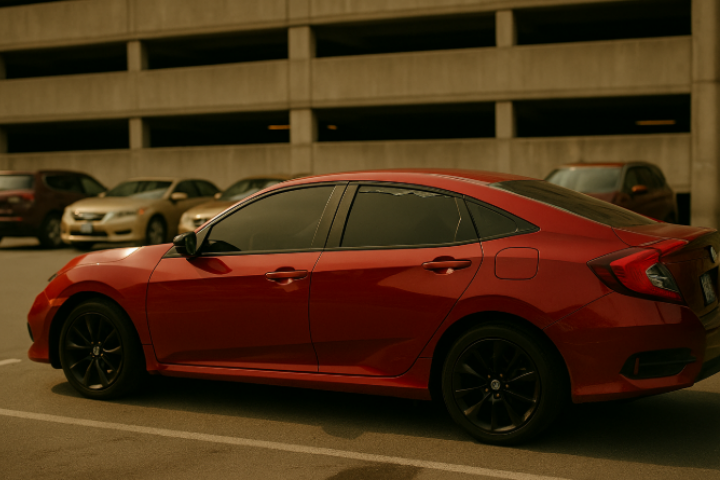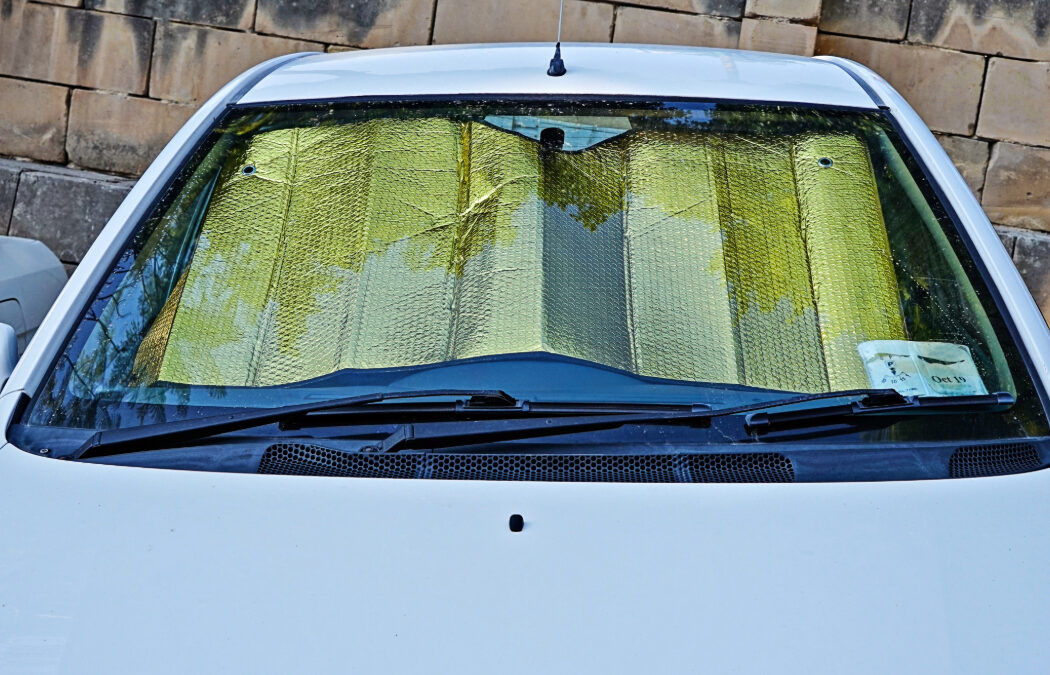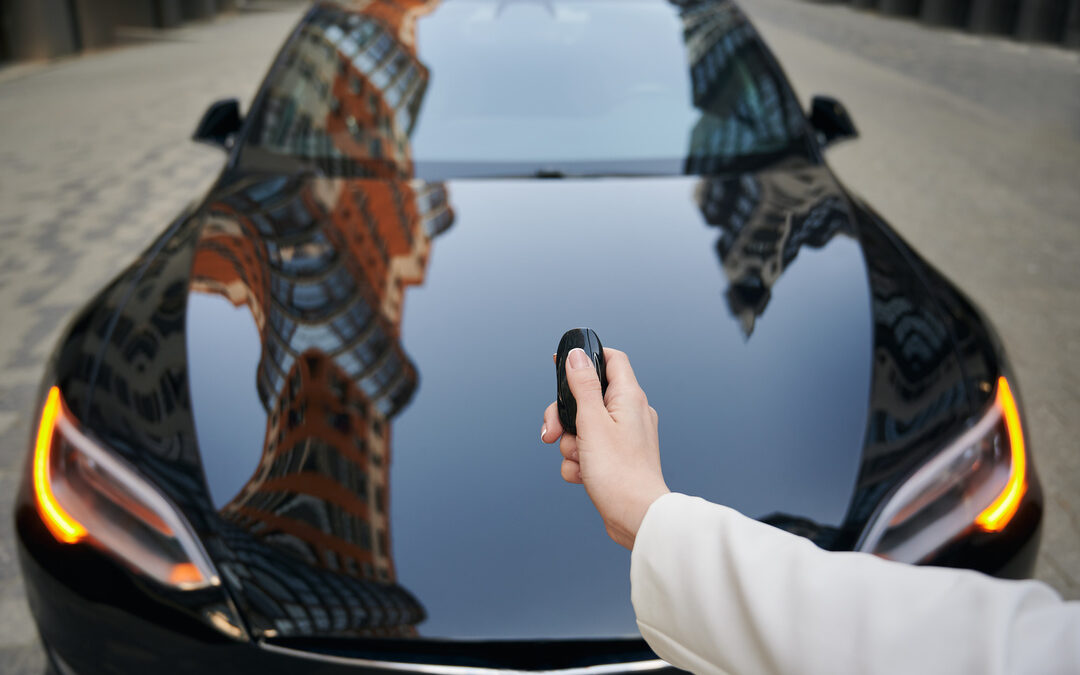You already know tint keeps your car cooler and blocks out sun. But how does it actually work? What’s in that film? And why does some tint last years while others fade in a few months?
Let’s break it down. No fluff—just the science behind why tint matters, and what makes one type better than another.
What Window Tint Is Actually Made Of
Window tint isn’t just some colored plastic slapped onto your glass.
It’s a multi-layered film made from polyester and coated with different materials, depending on what type of tint it is. The basic layers include:
- Adhesive layer – sticks the tint to your window
- Dye, metal, or ceramic layer – this is where the magic happens
- Protective topcoat – resists scratches, wear, and sun damage
Some films are super basic (and super cheap). Others use nanotechnology, infrared-blocking particles, or metal coatings to get better performance.
Green Valley Tint breaks this down really well, especially if you want a visual of how each layer works.
How Tint Blocks Heat, UV Rays, and Glare
Here’s where the science kicks in.
The goal of tint isn’t just to make your windows darker. It’s to control light and heat transmission.
Heat
Good tint blocks infrared (IR) rays, which are the main source of heat buildup in your car.
Ceramic films are the best at this—they reflect or absorb infrared radiation (IR) before it enters your cabin.
UV Rays
All quality tint blocks at least 99% of UV light, which is what causes skin damage and fades your car’s interior.
This matters year-round, not just in summer.
Glare
Tint reduces the harsh light that hits your eyes while driving, especially during sunrise, sunset, or snowy days.
Want a full walk-through of how tint science actually plays out on your windows? This explanation from Tint Pros Mobile is solid.
The Difference Between Dyed, Metalized, and Ceramic Films
Not all tint is built the same. Here’s what separates them:
Dyed Tint
- Cheapest option
- Uses a dye to darken the window
- Blocks glare, but barely blocks heat
- Fades fast, turns purple
- OK, if you’re just after looks, not performance
Metalized Tint
- Uses metal particles to reflect heat
- Better heat and UV protection than dyed
- Can interfere with GPS, radio, or phone signals
- Reflective look (not everyone likes it)
Ceramic Tint
- Uses nano-ceramic particles
- Blocks the most heat and UV
- Doesn’t interfere with electronics
- Long-lasting, no fading
- Best for real performance
Superior Window Solutions has a solid breakdown of why ceramic works better if you want the tech behind it.
Also, check out our ceramic vs dyed tint comparison for New England weather if you’re unsure what to pick for hot/cold months in Massachusetts.
Why Some Tints Last Longer (And Others Fade Fast)
Here’s the harsh truth: cheap tint fades. Fast.
If your tint turns purple, bubbles, or peels, it’s because:
- It used low-grade dye
- It wasn’t heat-shrunk properly
- It wasn’t cured before washing
- It had no UV protection in the film
Ceramic and carbon films don’t fade, don’t bubble (if installed right), and can last 10+ years. If you’re keeping your car long-term, that’s the move.

Understand the Tech Before You Book
Most people pick tint based on price or shade. Don’t be that person.
Understand what you’re buying, how it works, and why it matters—especially in a state like Massachusetts, where you deal with snow glare, summer heat, and legal tint limits.
Pick the right film. Ask the right questions. And don’t settle for the cheapest option unless you like redoing your tint every 18 months.
Ready to book tint that actually works?
Use our Massachusetts directory to find trusted tint installers who know the science and install the film that lasts.



0 Comments